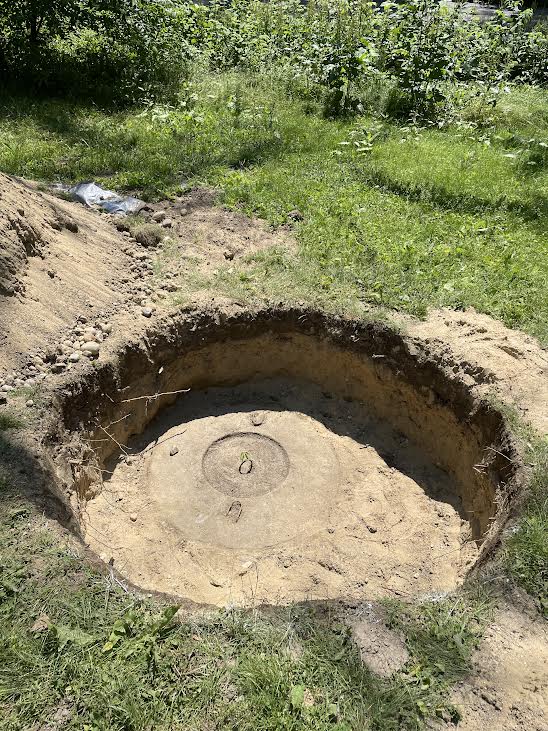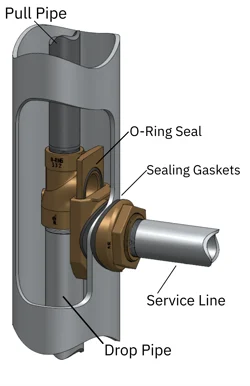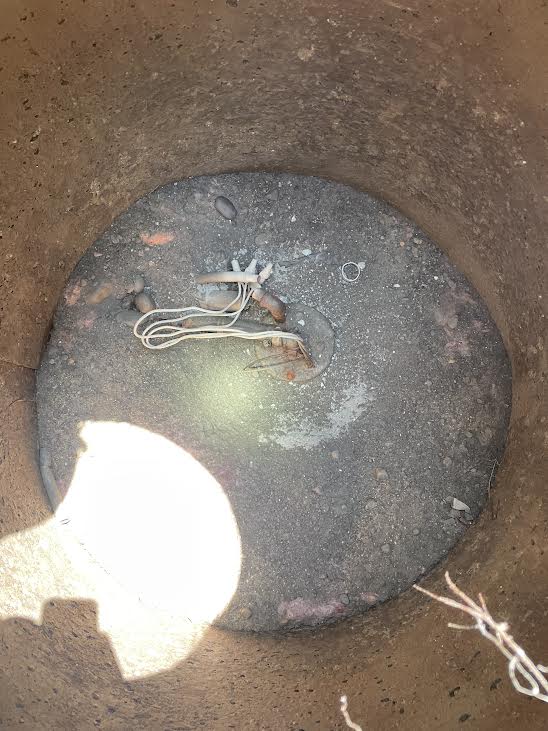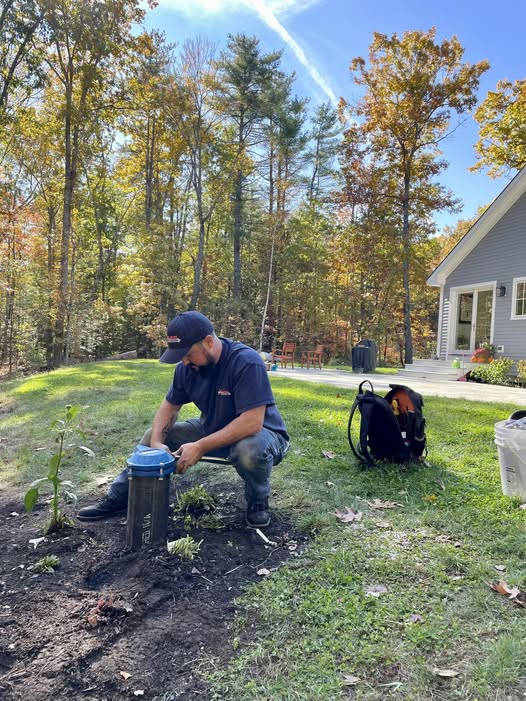
Summer is in full swing here in New England, and while most of us are focused on barbecues and beach days, it’s actually the perfect season to take care of something that might be buried deep in your yard—and easily forgotten: your well.
Buried wells are incredibly common in New England. For decades, well heads were installed below ground to help prevent water lines from freezing during our long, cold winters. But what was once considered a practical solution can now present real risks to your water quality and system performance.
A Quick History of the Pitless Adapter

Before the 1970s, many wells were accessed through buried well pits. These pits, often lined with concrete or stone, provided access to the well piping and protected the system from freezing. However, they also allowed for surface water, rodents, insects, and other contaminants to enter the water supply—posing a risk to both health and equipment.
The invention of the pitless adapter changed that. This clever device connects the drop pipe from the submersible pump directly to the water line underground—without the need for an open pit. It allows for a sanitary, frost-proof connection between your well and your plumbing system, making it possible (and recommended) to bring the well head above ground while still protecting against freeze-ups.
Why Buried Wells Can Be a Problem
Buried wells may seem harmless, but over time they can become an unseen source of contamination. Because they’re out of sight and difficult to access, it’s easy to miss small issues—like a cracked well cap or signs of ground water intrusion—that can quickly snowball into bigger problems.

And here’s something many homeowners don’t think about until it’s too late: if your well pump stops working in the winter and you have a buried well, accessing and repairing it can be a major challenge. Frozen ground and snow cover make it difficult—and sometimes nearly impossible—to dig safely and efficiently. In many cases, emergency wintertime repairs on buried wells are not only more complicated, but also significantly more expensive.
While we can absolutely dig up buried wells in winter, the uncertainty and added cost make it far less ideal than tackling the job during the warmer months. That’s why summer is the best time to locate your buried well and make needed upgrades—before cold weather hits.
At Advance Pump & Filter, we always recommend raising the well head above ground to reduce your risk and improve your water system’s reliability.
Top 5 Benefits of Raising Your Well Head Above Ground

- Improved Sanitation
Above-ground wells are far less likely to become contaminated by bacteria, surface water, pests, and debris. - Easier Maintenance & Inspection
When your well head is accessible, our technicians can quickly check components, and make repairs/replacements—saving you time and money. - Better Protection From Flooding
Surface flooding is a growing concern in New England. An above-ground well is much better equipped to withstand heavy rains or rising groundwater. - Compliance With Modern Standards
Bringing your well up to current code is a smart move, especially if you’re thinking of selling your home or making improvements. - Peace of Mind
Knowing your water source is safe and protected brings confidence—and clean water—for your whole family.
Need Help Finding Your Buried Well? We’ve Got You Covered.
Whether you’re unsure where your well is or just ready to bring it above ground, now is the time to take action. Our experienced team can help locate your well, assess its condition, and guide you through the process of raising and updating it with a modern pitless adapter and sanitary well cap. Give us a call at 603-868-3212 or message us to schedule an inspection. Your water is worth it.



